Divergent light halos can exhibit peculiar effects that are attributable to a homogenous or nonhomogenous crystal swarm. Here we present two such effects, where different parts of the “Minnaert cigar” are present in halos.
Image 1 displays a strong upper tangent arc (the whole frame and a crop is provided). It consists of two distinct parts: the upper part formed in bright separate glints and the lower more diffuse part. The diffuse part of the arc is formed in crystals further away from the camera, narrowing along the Minnaert cigar towards the lamp. The upper part is formed in crystals closer to the camera.
It is perhaps worth pointing out that the Moilanen arc is visible only in separate glints. This suggests that in this display it only formed in crystals closer to the camera, hit by relatively non-divergent rays.
The crystal swarm was homogenous as it had already travelled few kilometres from the snow guns. Total exposure time for the image 1 is 630 seconds.
Image 2 presents two photos of different stages of a display. During stage 1 the halos look familiar: 22° halo, upper tangent arc and Parry arc among others are present. During stage 2, however, some curious changes have occurred. It looks like the tangent arc has shifted towards the lamp. Also, less clearly, there is a section of an additional circular halo on the left, apparently having the same radius as the shifted tangent arc.
The effects observed during stage 2 must be caused by inhomogeneity of the crystal cloud between the observer and the lamp (the snow guns were right next to the point of observation). The crystal swarm was more concentrated close to the lamp causing the shift of the tangent arc and 22° halo along the Minnaert cigar. This is supported also by the weakening of these halos at their normal radii, formed in close by separate crystals (compare to stage 1). An animated gif is provided for an easy comparison.
These shifted halos represent a vertical cross section of the Minnaert cigar close to the lamp. Horizontal cross section of 22° halo has been documented on snow surface, as shown by these photographs: surface halo 1, surface halo 2.
Marko Riikonen & Jari Luomanen

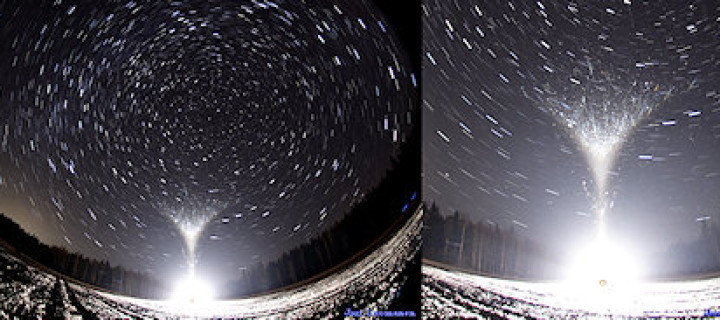
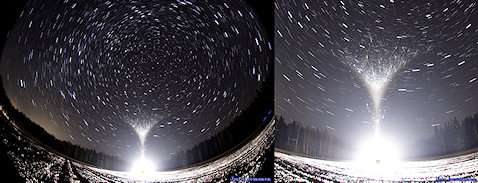
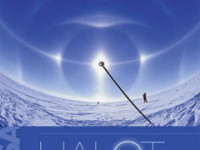
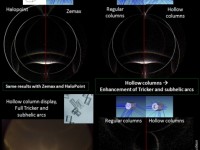
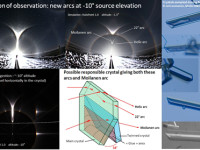
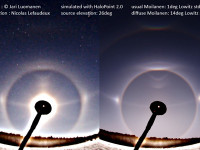
Very strange I have see 22d halo do that on frost under a light its like the halo is spherical in nature.
Interesting reading…overall there’s such a little information about the Minnaert cigar effect in the internet.
Any books to point out ?
10 minutes exposure for the image 1 ?
The method was constant or stacked ?
I’d like to see a frame with the original intensity visible to human eye only not the overexposured one if possible.
Marko,
I’m not sure why you question the exposure time or say that the image is overexposed.
In these type of shots it is often necessary to let some of the pixels clip near the lamp. Otherwise, had there been some other halos present, they might not have been recorded sufficiently. I set this as my priority on the scene.
Of course, one could do an HDR image, but I just wanted to do a simple star trails shot. It was a beautiful, clear night in remote area. I shot at full aperture and high ISO. Hence, the nice trails and the glow of the Milky Way.
Did you actually want me to replace the image with a darker one? Did I understand you correctly? In any case, here’s a single 30s frame a bit earlier from the same display when the tanarc was even brighter.
Guess there is very little information on the divergent light halos in internet. It is almost all in papers which are not available to most of us. That sucks.
Anyway, some description is in the Minnaerts book and I may have some papers on PDF – write me.
Generally, I can recommend Walt Tape’s ‘Atmospheric Halos’ and TapeMoilanen ‘Atmospheric Halos and Search for the Angle X’.
Hi Jari.
You got a good point in that when clipping pixels near the lamp brings out the fainter halo forms especially the M-arc.
In my previous post I was just curious how intense the effect was for the naked eye before pulling out the camera.
But regardless that the 10s frame you provided to me gives me a pretty good idea what may happen when diamond dust meets the torch light in darkness.
MarkoR..will mail you.